Flag of Kurdistan
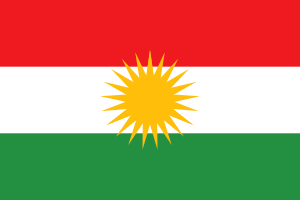 | |
| Name | Alaya Rengîn ("The Colorful Flag")[1] |
|---|---|
| Proportion | 2:3 |
| Adopted |
1920 by various groups 1992 by Iraqi Kurdistan |
| Design | Red, yellow, green and white, with sun with 21 rays in the centre. |
The flag of Kurdistan (Kurdish: ئاڵای کوردستان) is used by Kurds as a symbol for the Kurds' desire for independence.[2][3][4] It is the official flag of the autonomous Kurdistan Region in Iraq.[5]
Symbolism
The main characteristic of the flag is the blazing golden sun emblem (Roj in Kurdish) at its center. The emblem's sun disk has 21 rays, equal in size and shape, with the single odd ray at top and the two even rays on the bottom. Number 21 is a venerated number, standing for rebirth/renaissance in the ancient and native Kurdish religion of Yazdanism and its modern offshoots.[6]
The symbolism of the colors is:[3][7]
| Colour | Meaning |
|---|---|
| Red
RGB: (235,35,35) |
Symbolizes the blood of the martyrs and the continued struggle for freedom and dignity. |
| Green
RGB: (39,138,65) |
Expresses the beauty and landscapes of Kurdistan. Life and vitality. |
| Yellow
RGB: (250,185,20) |
Represents the source of life and light of the people. The sun is an ancient symbol and twenty one sunbeams represent March 21, Newroz. |
| White
RGB: (255,255,255) |
Represent peace and equality. |
Dimensions
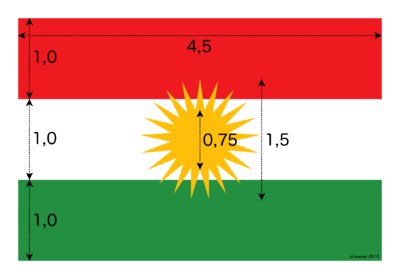
History
The flag first appeared during the movement for Kurdish independence from the Ottoman Empire and resembles an earlier version created by the Xoybûn (Khoyboon) organization, active in the Ararat rebellion of 1930,[8] and flown by the break-away Republic of Ararat during the period 1927–1931. The flag appeared then again in 1932 and in the media where one of its creators described it as red, white and green with a sun in the middle.[9] A similar flag was later used by the Soviet-backed Kurdish Republic known as the Republic of Mahabad in 1946.
Modern adaptation to international flag standards
The flag appeared in Kurdish media throughout the 90's with MED TV, Kurdsat, Kurdistan TV and their affiliates broadcasting with the flag appearing frequently in their programming allowing it to become a symbol of Kurdish statehood.[4][10][11] A document dealing with the adaptation to international flag standards of the National Flag of Kurdistan was prepared by Mehrdad Izady and Bijhan Eliasi in 1998.[6] It was instantly adopted by the international Flag Institute. In 1999, the Parliament of the Kurdish Regional Government adopted the standardized flag to be the official and standard presentation of the Kurdish National Flag in all its aspects.
Other flags used by Kurds
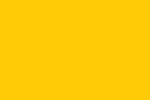

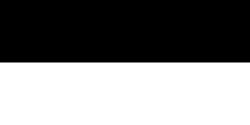
.svg.png)
.png)



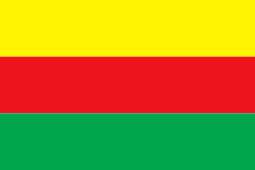

Similar designs used by Iranic countries
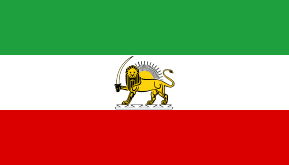




Kurdish flag day
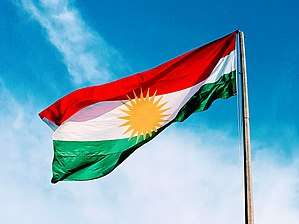
Established by the Kurdistan parliament in 1999, Kurdish Flag Day is celebrated on December 17. Activities done on this day consist of dancing, eating, and celebrating.[13][14][15]
References
- ↑ Hakan Akçura. "Thousands show solidarity with Kobane in Stockholm". Archived from the original on 2015-07-01. Retrieved 2015-03-09.
- ↑ Aziz, Mahir (2014). The Kurds of Iraq: Nationalism and Identity in Iraqi Kurdistan. I.B.Tauris. p. 130. ISBN 9781784532734. Retrieved 16 November 2016.
- 1 2 Danilovich, Alex (2016). Iraqi Federalism and the Kurds: Learning to Live Together. Routledge. p. 101. ISBN 9781317112938. Retrieved 16 November 2016.
- 1 2 Russell, Gerard (2015). Heirs to Forgotten Kingdoms: Journeys Into the Disappearing Religions of the Middle East. Basic Books. ISBN 9780465097692. Retrieved 16 November 2016.
- ↑ "Flag & national anthem". Kurdistan Regional Government. Kurdistan Regional Government. Retrieved 16 November 2016.
- 1 2 Dr. M. R. Izady. "The National Flag of Kurdistan". Encyclopaedia Kurdistanica. Archived from the original on 2008-05-01. Retrieved 2008-02-06.
- ↑ HUMANRIGHTSWATCH (1992). "Turkish Forces Kill Scores of Peaceful Demonstrato Turkish Forces Kill Scores of Peaceful Demonstrators" (PDF). Helsinki Watch. 4 (9): 8. Retrieved 16 November 2016.
- ↑ "The National Flag of Kurdistan". , Kurdish Institute of Paris.
- ↑ "Ala û sirûda netewiya Kurdistanê". Kurdistan Regional Government. Retrieved 16 November 2016.
- ↑ Haiderali, Karim (2003). The Media of Diaspora. Psychology Press. pp. 82–83. ISBN 9780415279307. Retrieved 16 November 2016.
- ↑ Kontra, Miklós (1999). Language, a Right and a Resource: Approaching Linguistic Human Rights. Central European University Press. p. 228. ISBN 9789639116641. Retrieved 16 November 2016.
- 1 2 Kurdistan: Short-lived independent states, Flags of the World (1997). The Flags of the World website shows the Soran and Ararat flags as contributed by Jaume Ollé in 1997 without any reference. Only the flag of the Kingdom of Southern Kurdistan is explicitly based on sources, "The flag is shown in two sources: (a) a 1922 photograph of the Kurdish Army taking an oath of allegiance. (b) a sketch with notes on the colours by Ahmed Khwaja in his autobiography Cim Di (1970)." (T. F. Mills, 25 November 1997).
- ↑ Learn About the Kurdistan Flag. "The Kurdish Project". The Kurdish Project.
- ↑ On Kurdistan's National Flag Day. "Kurds show solidarity with Peshmerga". ekurd.net.
- ↑ December 17, Flag Day. "Kurdistan Region: Flag Day". www.pukmedia.com.
| Wikimedia Commons has media related to Kurdish flags. |